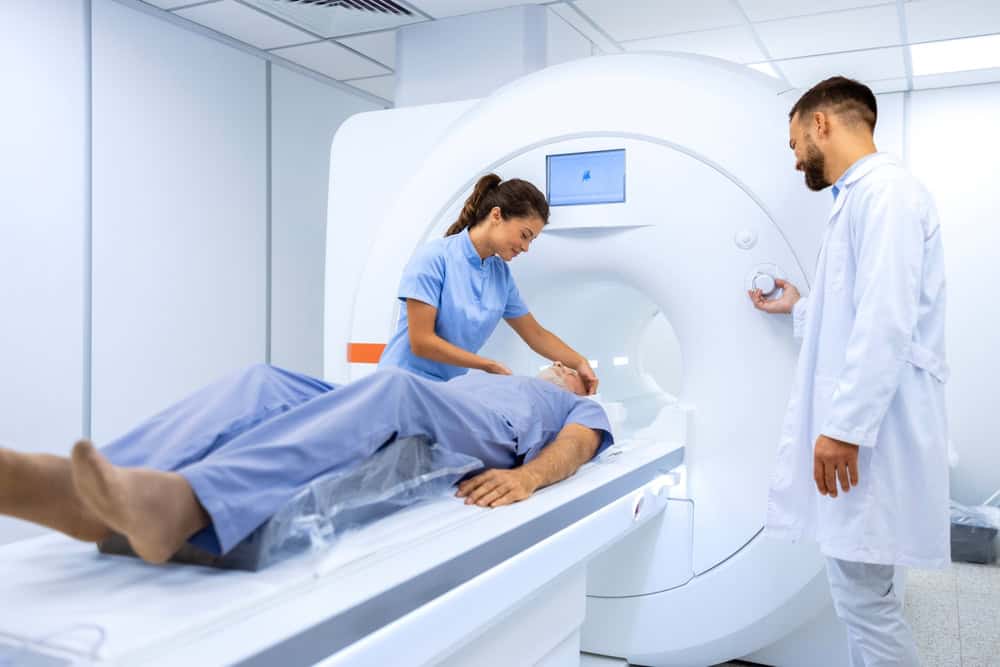Summary:
Understanding EMG and Nerve Testing Basics
EMG stands for electromyography, and it’s designed to measure the electrical activity in your muscles when they’re both at rest and when you’re using them. Think of it as a way to eavesdrop on the conversation between your nerves and muscles.
The test works alongside nerve conduction studies, which check how well electrical signals travel through your nerves. Together, these tests create a complete picture of your neuromuscular health. We use this information to pinpoint whether your symptoms stem from nerve damage, muscle problems, or issues with the communication between the two.
What Conditions Can EMG Testing Diagnose
EMG and nerve testing can identify a wide range of conditions that might be causing your symptoms. Carpal tunnel syndrome is one of the most common reasons people get referred for these tests, especially when you’re experiencing numbness or tingling in your hands and fingers.
The testing can also detect peripheral neuropathy, which often affects people with diabetes and causes burning or tingling sensations in the feet and legs. If you’re dealing with sciatica, muscle weakness, or unexplained pain that shoots down your arm or leg, EMG testing can help determine if a pinched nerve is the culprit.
Other conditions these tests can identify include Guillain-Barré syndrome, muscular dystrophy, and various forms of nerve damage from injuries or chronic conditions. The key advantage is that EMG testing can distinguish between different types of nerve and muscle problems that might cause similar symptoms, helping us avoid guesswork in your diagnosis.
How EMG and Nerve Conduction Tests Work Together
Most patients receive both tests during the same appointment because they provide complementary information about your nervous system. The nerve conduction study typically comes first and involves placing small electrodes on your skin over the nerves being tested.
During this part, you’ll feel mild electrical impulses that might remind you of static electricity or a quick tap. The machine measures how fast these signals travel through your nerves and how strong they are when they arrive. This tells us whether your nerves are transmitting signals properly or if there’s damage slowing things down.
The EMG portion involves inserting very thin needle electrodes into specific muscles. These needles are much finer than the ones used for blood draws, and they pick up the electrical activity your muscles produce. You’ll be asked to contract and relax certain muscles while the needles are in place, allowing the machine to record how well your muscles respond to nerve signals. The entire process usually takes between 30 to 60 minutes, depending on how many nerves and muscles need to be tested.
Want live answers?
Connect with a NY Spine Medicine expert for fast, friendly support.
The Reality About Pain and Discomfort During Testing
Let’s address the question everyone wants answered: does it hurt? The honest answer is that most people experience some discomfort, but it’s typically much less intense than they expect. Studies show that the majority of patients report feeling mild to no pain during EMG testing.
The nerve conduction portion usually feels like quick, mild electrical pulses. Some people describe it as similar to the sensation you get from touching a doorknob after walking across carpet. The EMG needles may cause a brief pinching sensation when they’re inserted, but this discomfort is generally short-lived.
Managing Discomfort During Your Test
If you’re particularly sensitive to discomfort, there are several things you can do to make the experience more manageable. Taking an over-the-counter pain reliever like Tylenol about an hour before your appointment can help reduce any soreness afterward.
During the test itself, focusing on your breathing and staying as relaxed as possible can make a significant difference. Tense muscles can make the needle insertion more uncomfortable and can also affect the quality of the test results. We’ll guide you through the process and let you know what to expect before each step.
Most people find that their anxiety about the test is worse than the actual experience. The discomfort is brief and manageable, and many patients are surprised by how tolerable the procedure turns out to be. After the test, you might experience some muscle tenderness where the needles were inserted, but this typically resolves within a few hours.
What Happens After Your EMG Test
One of the advantages of EMG testing is that you usually get results quickly. In many cases, we can discuss preliminary findings with you immediately after the test. A complete report typically takes 24 to 48 hours to prepare, but you won’t be left wondering for weeks about what the results mean.
Normal results generally indicate that your nerves and muscles are functioning properly, which can be reassuring if you’ve been worried about serious conditions. Abnormal results help pinpoint the location and extent of any nerve or muscle problems, giving us the specific information needed to recommend appropriate treatment.
The results guide your treatment plan in concrete ways. Depending on what the test reveals, we might recommend physical therapy, medication, lifestyle changes, or in some cases, surgical intervention. The test can also be repeated later to monitor how well your treatment is working and whether your condition is improving over time.
Preparing for Your EMG Appointment in NYC
Getting ready for your EMG test is straightforward, but there are a few important steps that can help ensure accurate results. Avoid using lotions, creams, or oils on your skin for at least 24 hours before the test, as these can interfere with the electrical readings.
Wear loose, comfortable clothing that allows easy access to the areas being tested. You may need to change into a hospital gown depending on which muscles and nerves are being examined. Take your normal medications unless we specifically tell you otherwise, and eat normally before the appointment.
If you’re scheduled for EMG testing with us, you can feel confident that you’re receiving care from experienced specialists who understand both the technical aspects of the procedure and the importance of patient comfort throughout the process.





